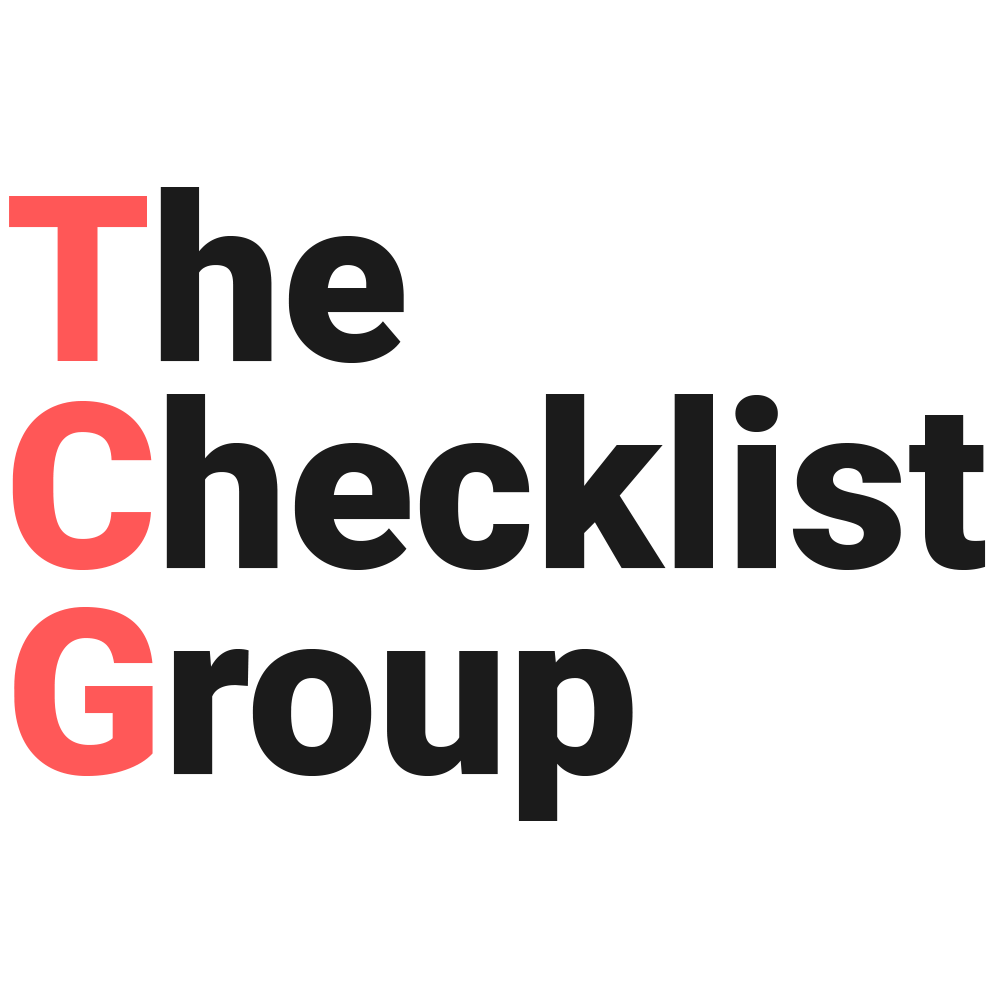Most business owners understand the importance of generating leads, but many don’t take the time to develop an effective lead-nurturing strategy. There’s no question that generating leads is essential for any business. But what happens after you’ve generated those leads? It’s just as important to nurture them, so that they eventually turn into paying customers. If you’re interested in maximizing your ROI, it’s important to create a system that fosters Relationship Marketing.
In this blog post, we’ll discuss how to go about creating a lead nurturing strategy that will help you close more sales. We’ll also provide some tips on how to optimize your campaign so that you can get the most out of your investment. So, whether you’re just starting out or you’ve been struggling with your lead generation efforts, read on for some helpful advice!
1. Define what a lead is and what constitutes nurturing leads
The first step in creating an effective lead nurturing strategy is to define what a lead is. A lead is simply a potential customer that has expressed an interest in your product or service. This can be done in a number of ways, such as by filling out a contact form on your website or signing up for a free trial.
Once you’ve generated a lead, it’s important to nurture it so that it eventually turns into a paying customer. This can be done in a number of ways, but the most important thing is to create a system that fosters Relationship Marketing.
In order to create an effective lead nurturing strategy, you first need to define what constitutes nurturing leads. A lead is simply a potential customer that has expressed an interest in your product or service. Nurturing leads means providing them with information that will help them learn more about your product or service and how it can benefit them.
You can provide leads with information in a variety of ways, such as through email newsletters, blog posts, or social media updates. The most important thing is to keep them informed about what you’re doing and how they can benefit from it.
2. Create a process for capturing and qualifying leads
Now that you know what a lead is and what constitutes nurturing them, it’s time to create a process for capturing and qualifying them. The first step is to create a system for capturing leads. This can be done in a number of ways, such as by filling out a contact form on your website or signing up for a free trial.
Once you’ve captured a lead, it’s important to qualify them so that you can determine whether they’re a good fit for your product or service. There are a number of ways to qualify leads, such as by asking them to fill out a questionnaire or by conducting a telephone interview.
The most important thing is to make sure that you’re only spending time on leads that are likely to convert into paying customers. Qualifying leads helps you weed out the ones that aren’t worth your time and focus on the ones that have the greatest potential.
3. Create content that helps nurture leads
The third step in creating an effective lead-nurturing strategy is to create content that helps nurture leads. This can be done in a number of ways, such as through email newsletters, blog posts, or social media updates. The most important thing is to keep them informed about what you’re doing and how they can benefit from it.
It’s also important to provide leads with information that will help them learn more about your product or service and how it can benefit them. This can be done in a variety of ways, such as through case studies, white papers, or e-books.
By providing leads with valuable content, you’re helping them make an informed decision about whether your product or service is right for them. And the more information they have, the more likely they are to convert into paying customers.
3. Develop lead nurturing content that is relevant to the stage of the buying cycle
One of the most important things to keep in mind when creating content for lead nurturing is to make sure that it is relevant to the stage of the buying cycle. You can’t expect leads that are just starting to explore your product or service to be interested in the same content as leads who are ready to make a purchase.
You need to create content that is tailored to the specific stage of the buying cycle that each lead is in. This means providing them with information that is relevant to their needs and interests.
For example, leads who are just starting to explore your product or service might be interested in introductory blog posts or e-books. Leads who are more advanced in the buying cycle might be interested in case studies or white papers.
By tailoring your content to the stage of the buying cycle, you’re helping leads move through the buying process more efficiently. And the more information they have, the more likely they are to convert into paying customers.
4. Deliver lead nurturing content through the appropriate channels
The best way to deliver lead-nurturing content is through the appropriate channels. This means using the right mix of channels based on the stage of the buying cycle that each lead is in.
For example, leads who are just starting to explore your product or service might be interested in introductory blog posts or e-books. Leads who are more advanced in the buying cycle might be interested in case studies or white papers.
By using the right mix of channels, you’re helping leads move through the buying process more efficiently. And the more information they have, the more likely they are to convert into paying customers.
5. Evaluate and adjust your lead nurturing strategy over time
An effective lead nurturing strategy needs to be evaluated and adjusted over time. This means constantly monitoring the results and making changes as needed.
For example, you might need to adjust the type of content you’re creating or the channels you’re using. You might also need to change the timing or frequency of your content.
The most important thing is to constantly evaluate and adjust your lead nurturing strategy so that it’s always working effectively. By doing this, you’ll be able to increase the chances of converting leads into paying customers.
An effective lead nurturing strategy is key to maintaining relationships with your leads and encouraging them to convert into paying customers. By providing valuable content at each stage of the buyer’s journey, you can keep your leads engaged and nurture them through to a sale. Creating an effective lead nurturing strategy may seem daunting, but it doesn’t have to be. By keeping these key points in mind, you can create a plan that will work for your business and help you close more sales. Remember, leads aren’t one-size-fits-all, so don’t be afraid to experiment until you find what works best for you. And if you need any help along the way, our team is always here to lend a hand. So what are you waiting for? Contact us today and let’s get started!

